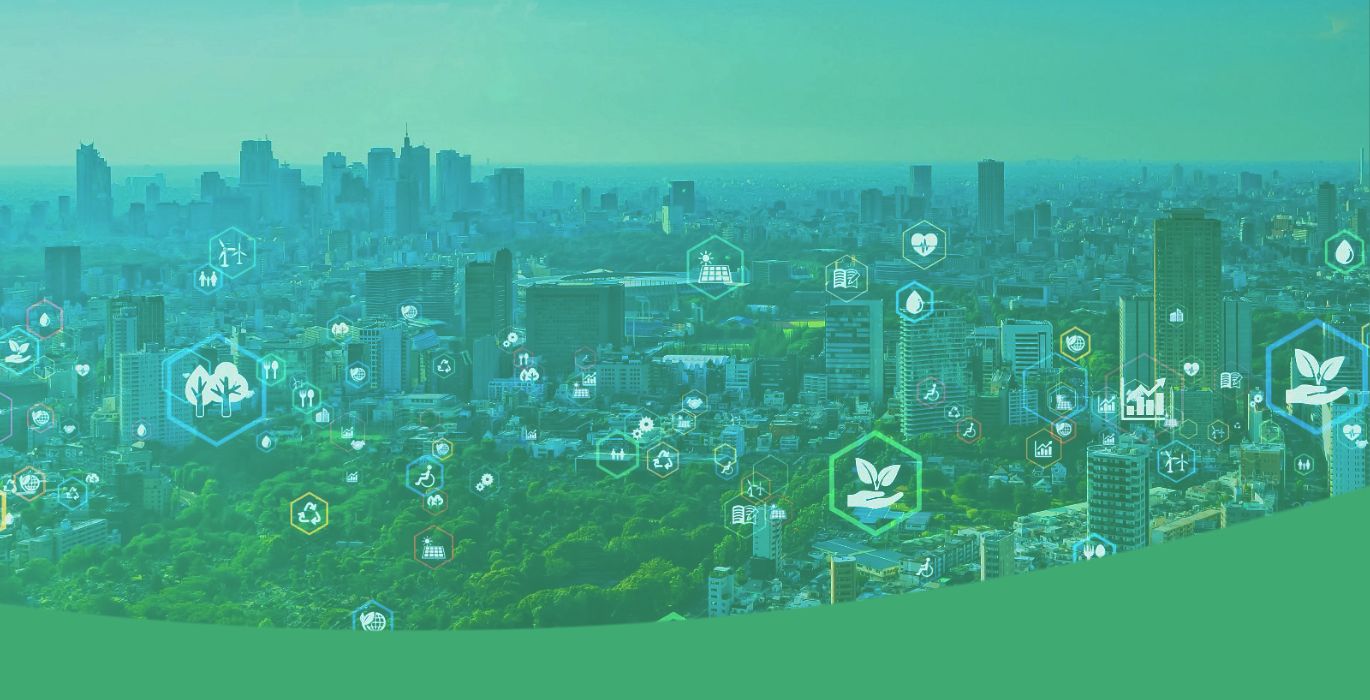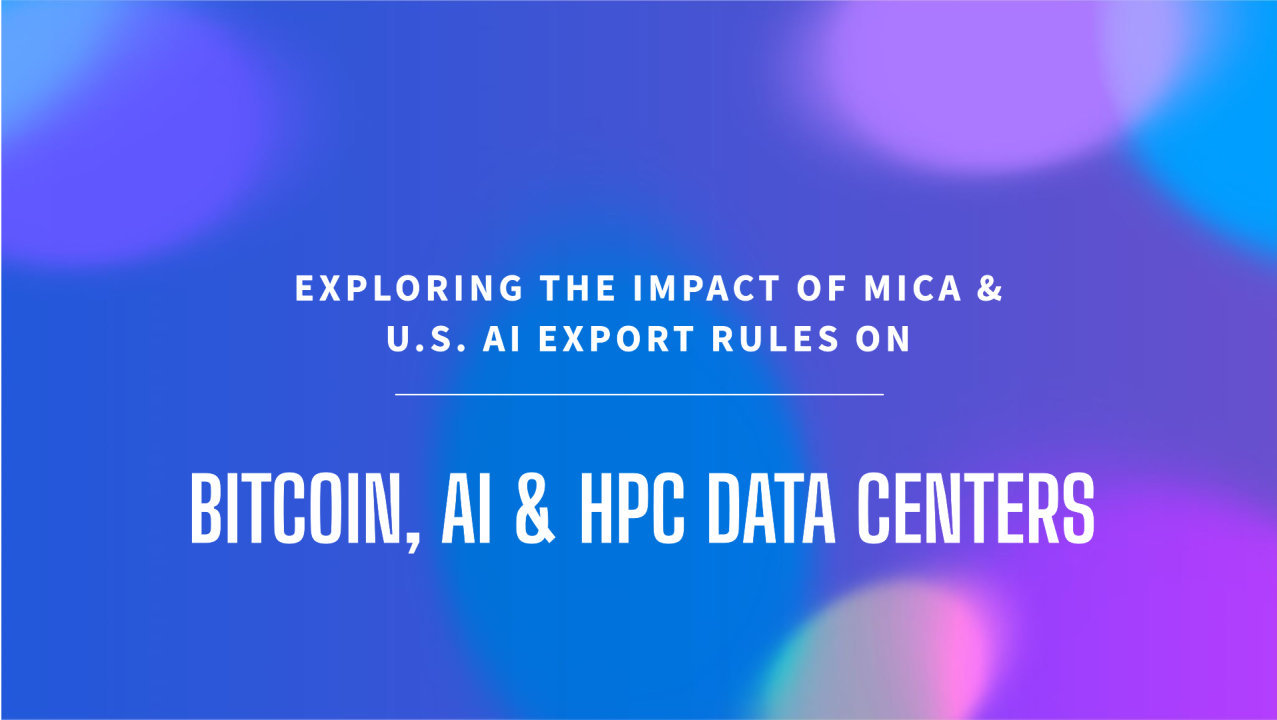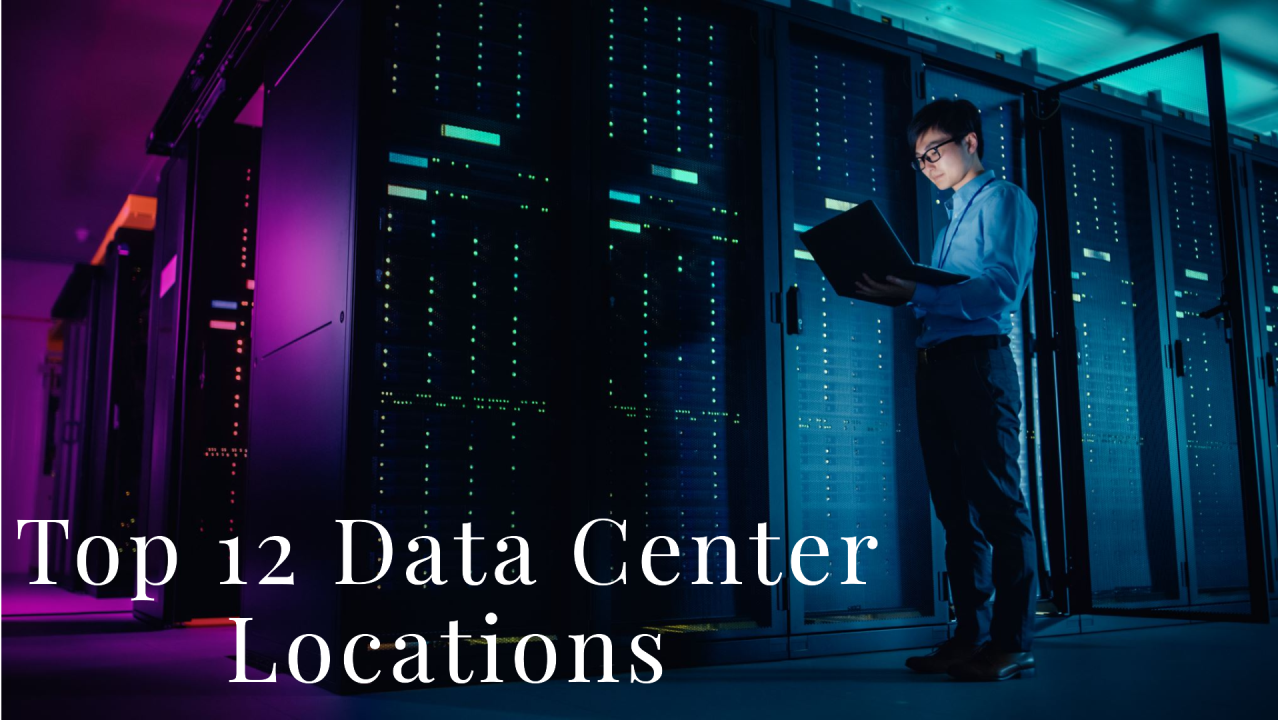A smart city is an urban area that leverages advanced technologies, data, and innovation to improve the quality of life for its residents, foster sustainability, and embrace a circular economy. By enhancing the efficiency of various resources and systems, smart cities aim to create a positive impact in the region and work towards a sustainable future. Let’s explore how renewable energy, digital technologies, blockchain, energy innovation, sustainability, and the circular economy contribute to the foundation and success of a smart city:
1. Renewable Energy:
Integrating renewable energy sources into a smart city’s energy infrastructure is essential for sustainable and eco-friendly development. Solar panels, wind turbines, hydroelectric power, and other renewable sources can provide clean energy and reduce reliance on fossil fuels. By promoting the use of renewable energy, smart cities can lower their carbon footprint and combat climate change while ensuring a stable and reliable energy supply.
2. Digital Technologies:
Digital technologies are the backbone of a smart city, enabling efficient data collection, analysis, and communication between different systems. Internet of Things (IoT) devices, such as sensors, can be deployed throughout the city to gather real-time data on various parameters, including air quality, traffic flow, waste management, and energy consumption. This data can then be analyzed to optimize city operations, reduce energy waste, and improve overall urban planning, thereby contributing to a more sustainable and resource-efficient city.
3. Blockchain:
Blockchain technology can play a significant role in enhancing the security and transparency of various smart city applications. In areas like energy trading, blockchain-based smart contracts can enable peer-to-peer transactions between energy producers and consumers. This can lead to more efficient energy distribution, reduced costs, and increased autonomy for local communities. Blockchain can also help secure data generated by IoT devices, protecting citizen privacy and preventing data tampering, thus ensuring the smart city’s sustainable and secure development.
4. Energy Innovation:
Continuous energy innovation is crucial for a smart city to adapt to changing technologies and optimize its energy systems. Advanced energy storage solutions, such as large-scale batteries or energy-efficient grid management, can help balance energy supply and demand fluctuations. Demand-response programs can incentivize consumers to adjust their energy usage during peak hours, reducing strain on the grid and lowering costs while contributing to sustainable energy consumption.
5. Sustainability:
Sustainability is a central pillar of a smart city. By promoting renewable energy, energy efficiency, and responsible resource management, smart cities can minimize their environmental impact and preserve natural resources for future generations. Sustainable practices in waste management, water usage, and urban planning can ensure a harmonious coexistence between the city and its surrounding environment, fostering a greener and cleaner urban landscape.
6. Circular Economy:
Smart cities can embrace the circular economy principles, which focus on minimizing waste, reusing materials, and promoting a closed-loop system for resources. Through innovative waste-to-energy technologies, recycling programs, and resource recovery initiatives, smart cities can reduce their reliance on finite resources and move towards a regenerative and sustainable economic model.
The success of a smart city heavily depends on how these components work together and how well they are integrated into the city’s infrastructure and governance. By aligning renewable energy, digital technologies, blockchain, energy innovation, sustainability, and the circular economy, smart cities can create a holistic and resilient urban environment. This integration will not only improve the quality of life for their citizens but also contribute to the long-term health and prosperity of the city and the planet as a whole.
a. Sustainability: By promoting renewable energy and energy efficiency, smart cities can reduce their environmental impact and work towards a sustainable future.
b. Resource Optimization: Data-driven insights from digital technologies allow smart cities to optimize the use of resources like water, electricity, and transportation, leading to reduced waste and improved service delivery.
c. Resilience: A smart city with decentralized energy systems, supported by blockchain technology, can be more resilient to natural disasters and cyber-attacks, ensuring critical services continue to function.
d. Citizen Engagement: Smart city initiatives often involve citizen participation through mobile apps and digital platforms. This engagement fosters a sense of community ownership and empowers residents to contribute to the city’s development.
e. Economic Benefits: Embracing innovation and renewable energy can attract investment and businesses to the city, stimulating economic growth and creating job opportunities.
In conclusion, a smart city is a complex integration of technology, data, and innovation aimed at improving urban living. Renewable energy, digital technologies, blockchain, and energy innovation form the foundation for sustainable, efficient, and resilient smart cities, ensuring a better quality of life for their citizens and a positive impact on the environment.










